Hopefully, the cold and flu season won’t affect your household this year. But if it does, having a natural vapor rub as a home remedy can be beneficial. It’s safe for use with both adults and children and effective at easing congestion.
I used to have regular Vicks Vapor Rub and the baby version on hand for seasonal colds. This changed once I discovered they contain PETROLEUM… yuck!
In order to avoid putting petroleum products on my children’s skin, I have been making this simple homemade vapor rub. For more information on the drawbacks of petroleum jelly (Vaseline®), you can read further.
How to Create a Natural Vapor Rub Replacement
Growing up, the familiar blue bottle of vapor rub was a household staple. Now, as a parent, I understand why. Cold and cough treatments are limited for babies and kids, and vapor rub is invaluable for providing relief from coughing and congestion, which can significantly disrupt sleep — crucial for recovery and staying healthy!
Don’t be intimidated by the ingredient list for this recipe. If you don’t have all the ingredients on hand or prefer not to make the salve, you can mix essential oils with coconut oil as an effective alternative.
Store-bought Chest Rub
Thankfully, since I began creating DIY natural products, more companies have developed natural alternatives. (Options are excellent!) I found a pre-made natural vapor rub in case you’re out of ingredients, and there is even a formula specifically for babies and children.
Although I haven’t found it in a local store yet, you might find it in a Whole Foods or natural health store nearby. Here are some good natural vapor rub options on Amazon:
Essential Oil Vapor Rub Safety
When making this for babies or young children, ensure the essential oils used are safe for their age. I take the use of essential oils seriously and opt for caution. I appreciate this kid-safe line of essential oils as it simplifies selecting suitable oils. The Sniffle Stopper is closest to my blend in this recipe.
I sometimes prepare a kid-safe version by using only 4 drops of eucalyptus and fir oils and leaving out the rest. Below is a list of essential oils used, their purposes, and safety precautions. (See additional safety notes below the recipe).
Essential Oils for Vapor Rub
-
Eucalyptus – The common types are E. Radiata and E. Globulus. Radiata is gentler but listed as near-threatened, so buy from a reputable source. Both are safe for diluted use on children ages 3 and up. Avoid applying eucalyptus on young children’s faces or sinuses, as it may cause breathing issues.
-
Peppermint oil – Like eucalyptus, peppermint contains 1,8 cineole, which can cause breathing problems in young children if not used correctly. It’s safe in .5% dilution (not on the face) for children 3 and older. Adults can use up to 5% topically depending on the application. This recipe maintains less than 1% for older children and adults, and less than .5% for children 3-6. Peppermint, with about 50% menthol, is excellent for blocked noses.
-
Rosemary – This oil is harsher on little ones compared to others. Rich in camphor, it aids circulation and congestion, safe for ages 7 and up at a maximum 4% dilution for kids (up to 16% for adults). Omit this when making vapor rub for little ones.
-
Cinnamon leaf – NOT cinnamon bark! Cinnamon leaf is gentler and boosts the immune system. It’s slightly warming and safe for topical use with infants 3 months and older (per Tisserand and Young). Cinnamon bark poses a high skin irritation risk, only to be used in tiny amounts, and is unsafe for children. Personally, I avoid it with young kids.
- Clove – Occasionally, I use clove instead of cinnamon leaf in this recipe. It suits ages 3 and older in certain contexts but is not the gentlest option. I prefer to omit it for young children.
Baby Vapor Rub Essential Oils
-
Fir – Douglas fir or fir needle are gentle and suitable for a DIY vapor rub. They support the respiratory system and are safe for infants 3 months and up when appropriately diluted.
-
Cedarwood (Virginian) – This oil provides a woody aroma and is great for moisturizing men’s lotion. It’s also effective in home remedies for coughing and promoting relaxation.
- Lavender – Like tea tree oil, lavender soothes the skin. High in monoterpenes, it supports respiratory health.
Natural Vapor Rub Recipe
A soothing and petroleum-free alternative to the classic over-the-counter cough and cold vapor rub.
Prep Time: 4 mins
Active Time: 6 mins
Cooling Time: 30 mins
Total Time: 40 mins
Yield: 5 ounces
Author: Katie Wells
Baby Vapor Rub (6 months and up)
- Melt beeswax with a carrier oil in a double boiler until melted. A heat-safe glass bowl atop a small pot works too.
- Turn off the heat and add essential oils.
- Stir until mixed, then pour into a container with a lid for storage. Small tins or glass jars work well.
- Allow the vapor rub to cool and harden.
- Use as needed to ease coughing and congestion. Refer to safety information.
I keep this vapor rub in lip balm containers too. These are handy in my purse or for use on the soles of young children’s feet.
Safety Notes
Many essential oils, including some listed here, aren’t deemed safe for babies or small children. Always dilute essential oils for babies and children, using the least amount necessary. The vapor rub recipe here is safe for ages 3 and up with noted modifications. Alternatively, apply it on the soles of their feet (ages 3-6) for a gentler approach.
The baby-safe vapor rub version maintains a .5% dilution with milder oils, considered safe for babies 6 months and older. Optionally, halve the essential oils to 2 drops each.
Consult a healthcare professional before using herbs or essential oils on young children.
Alternatively, make this recipe using herbs by infusing the oil with 1 tablespoon of each herb in a double boiler over medium heat for 2 hours.
This information was medically reviewed by Dr. Lauren Jefferis, board-certified in Internal Medicine and Pediatrics. This isn’t personal medical advice, and consulting your doctor is recommended.
What are your go-to remedies for battling congestion and cough? Have you ever made your own vapor rub? Share your experiences!
- Tisserand, R., & Young, R. (2013). Essential Oil Safety (2nd ed.). Churchill Livingstone.
- Fensham, R., Laffineur, B. & Collingwood, T. (2019). Eucalyptus radiata. The IUCN Red List of Threatened Species 2019: e.T133374163A133374165.
- Parker, S. (2021). Carrier Oil Shelf Life. The Lipid Oils Academy.
- Robbins, W. (n.d.). Essential Oils Directory: Essential Oil Properties, Uses, and Benefits.
- Shutes, J. (n.d.). Aromatic Program Charts. The School for Aromatic Studies.


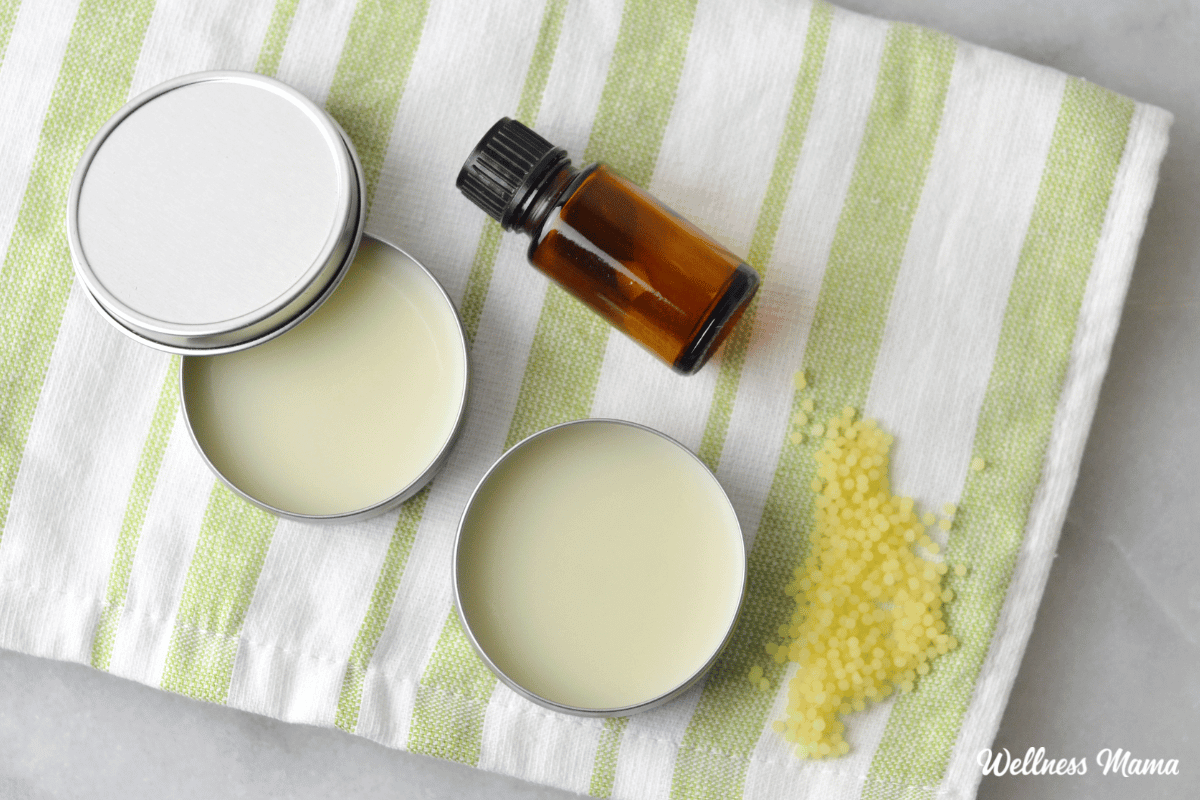
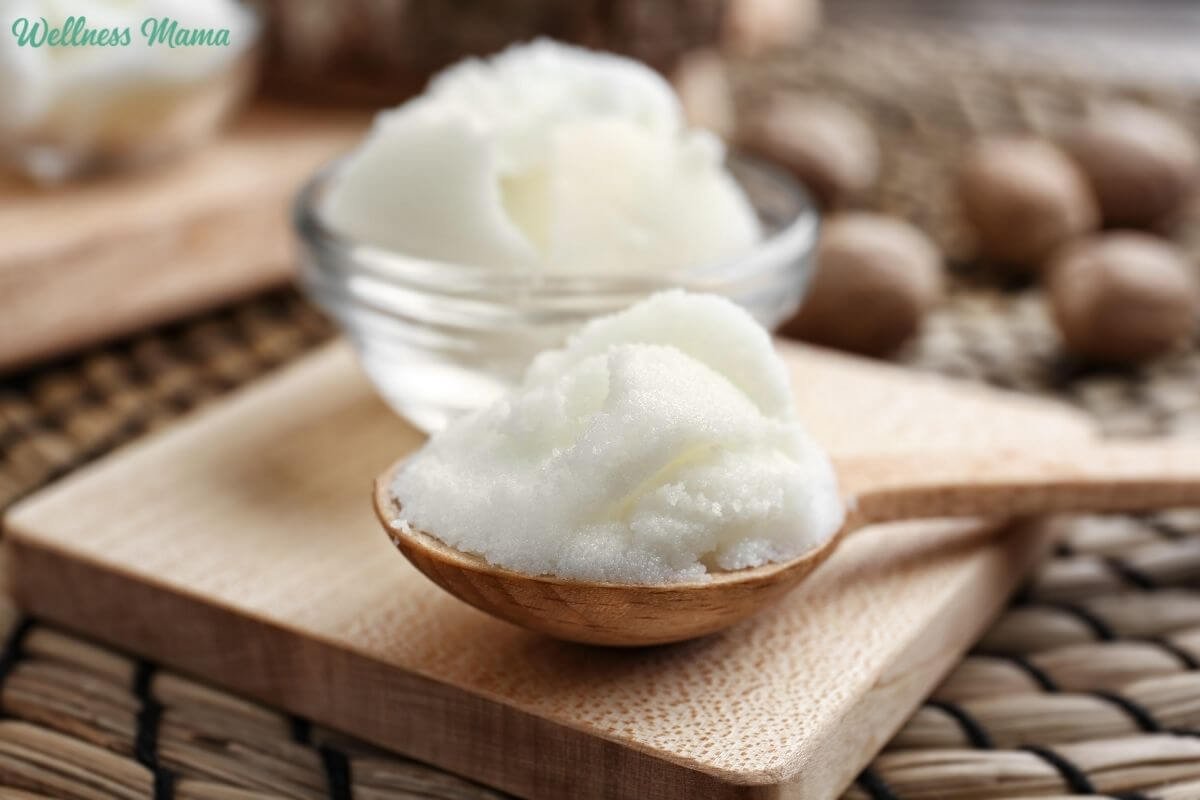
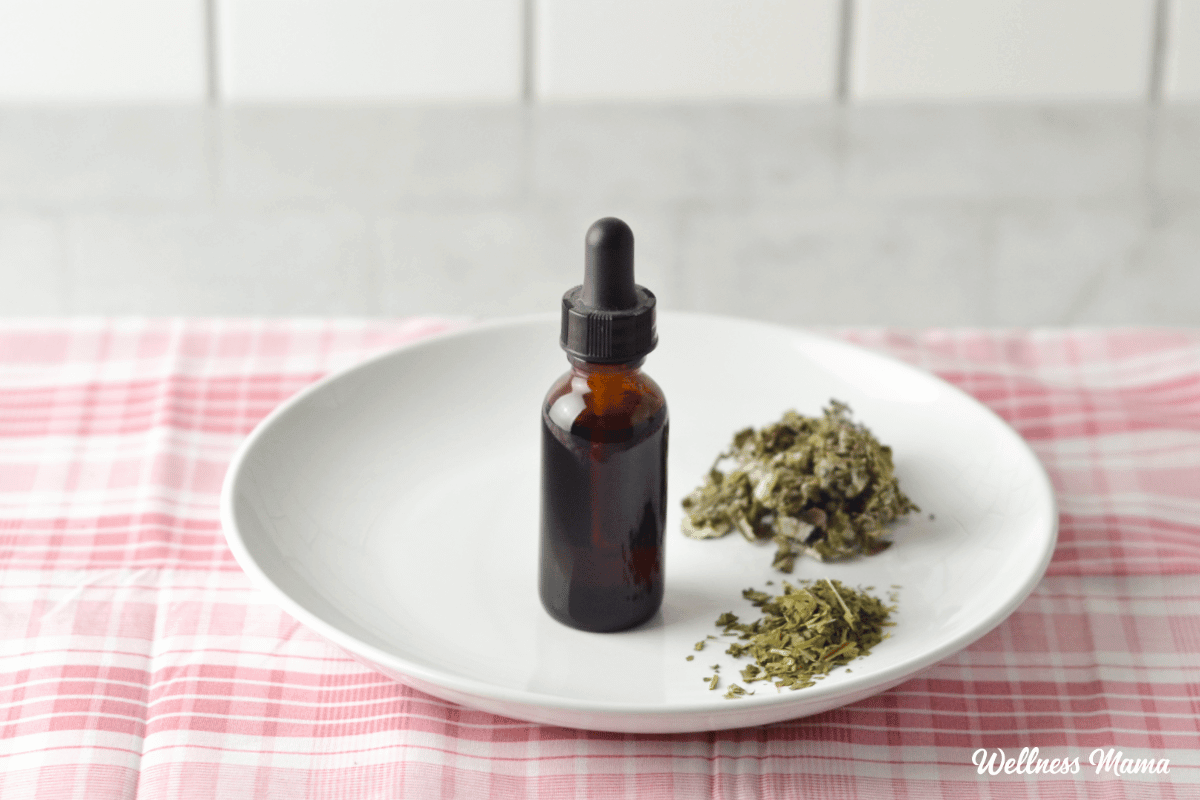

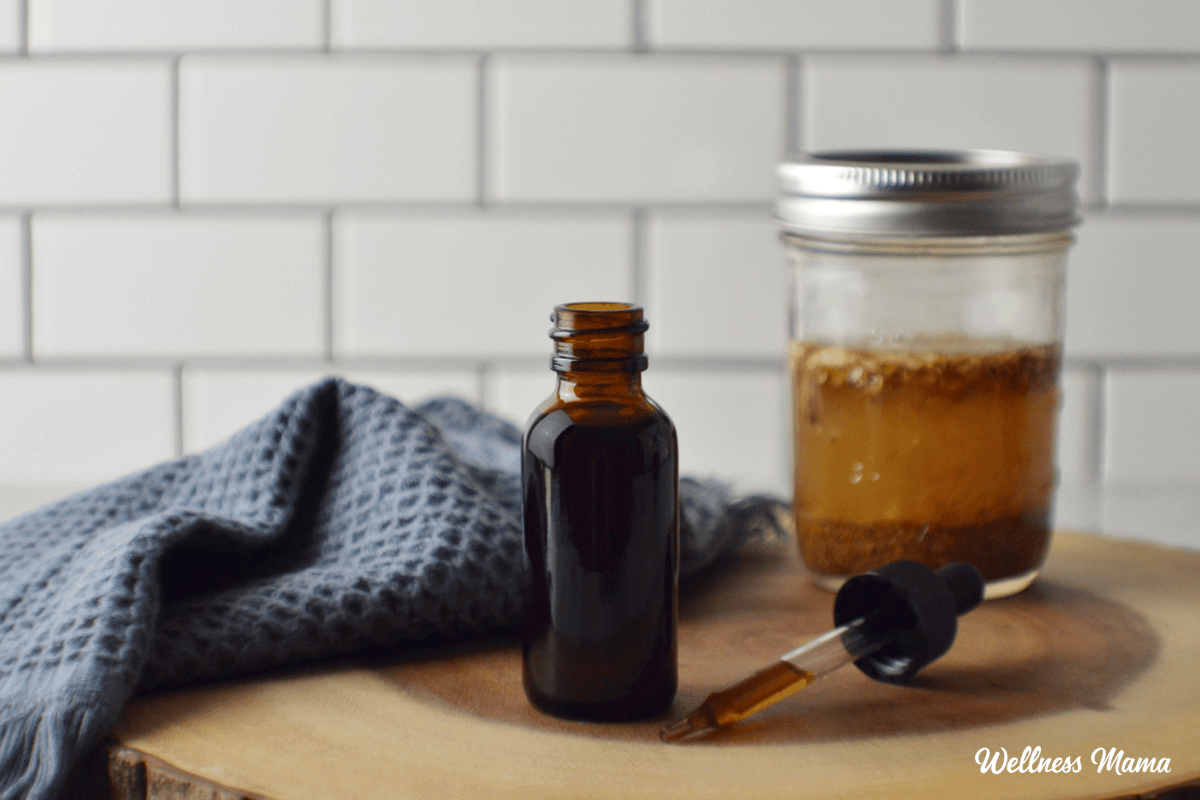



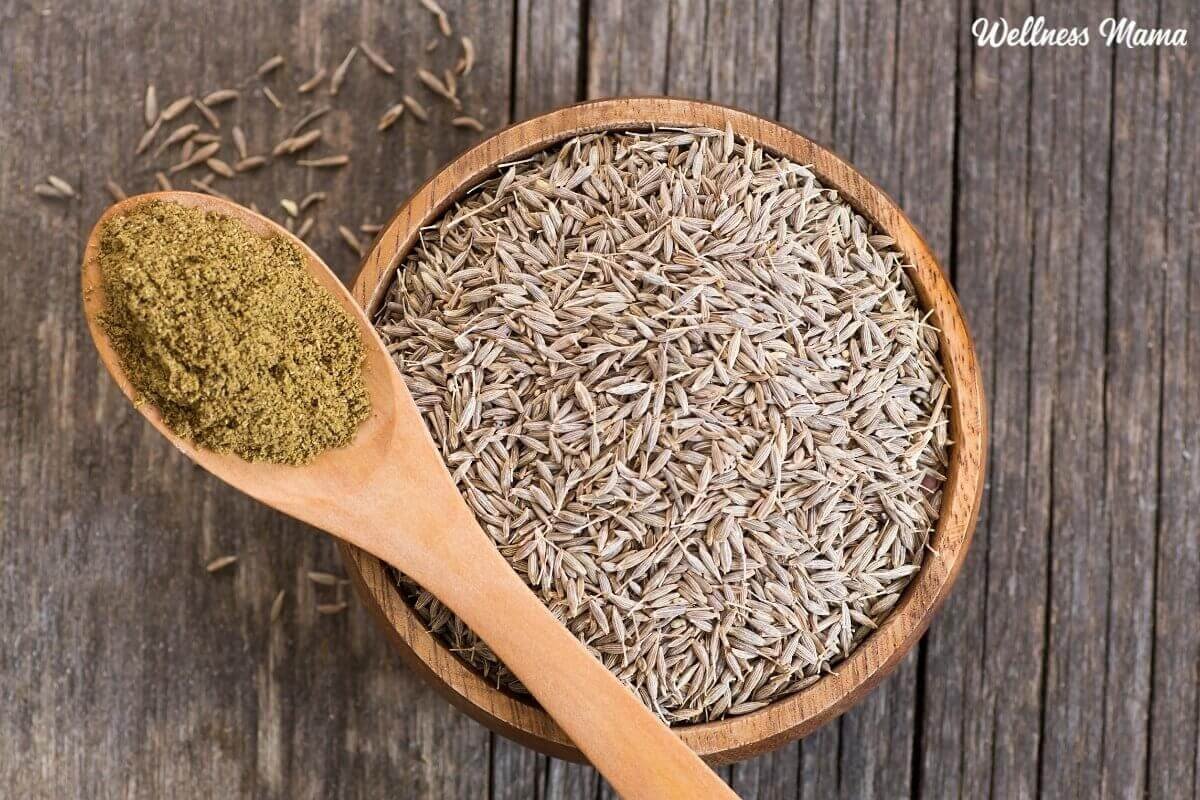



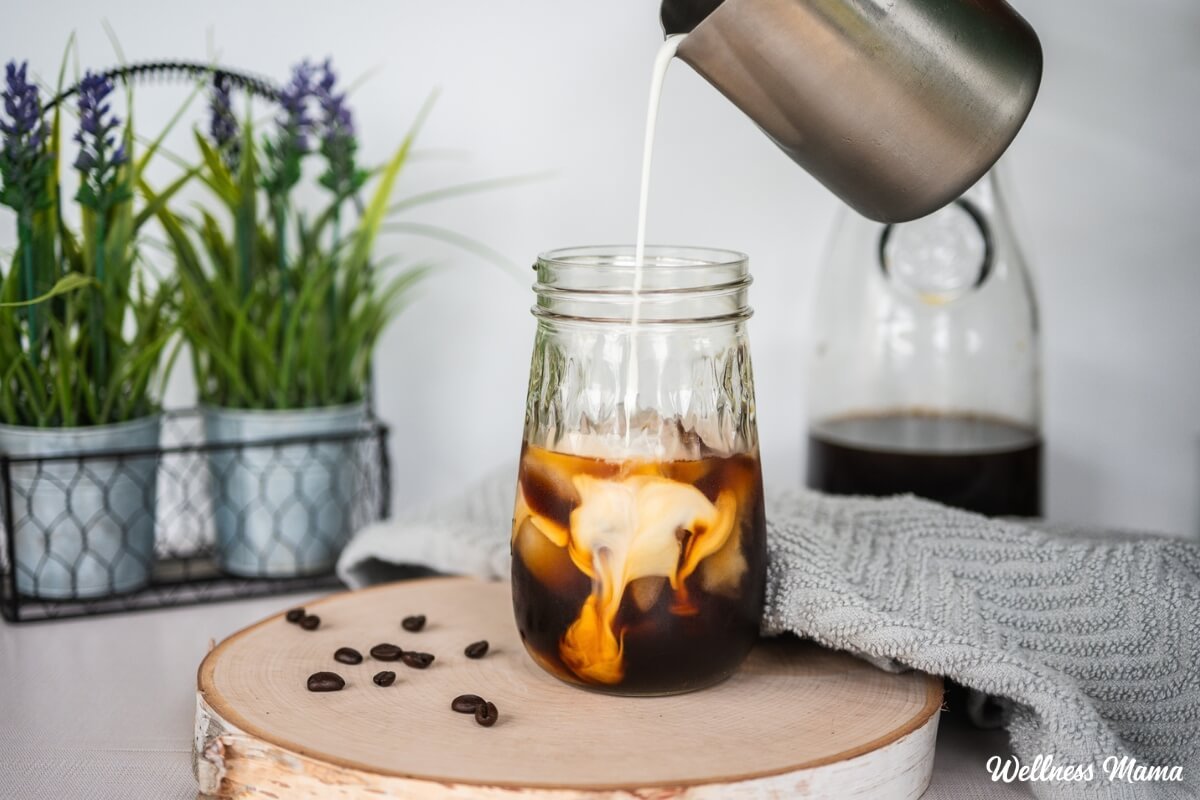
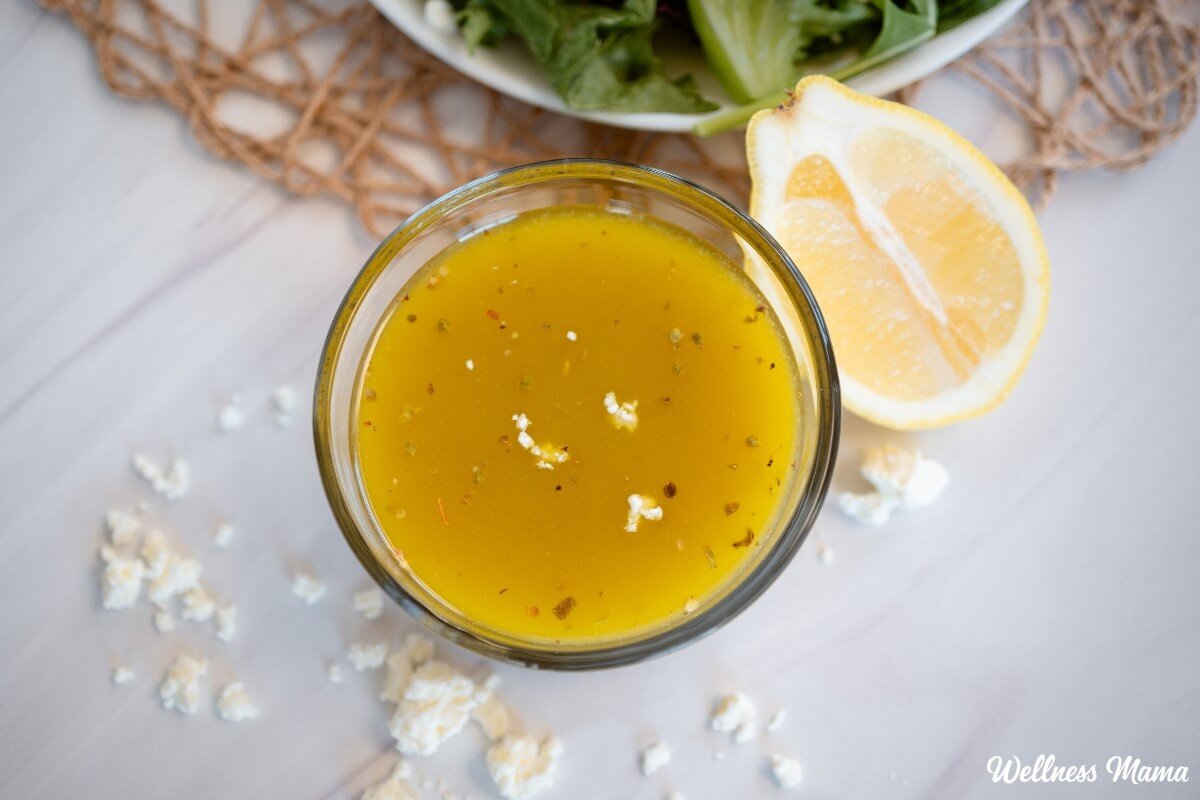
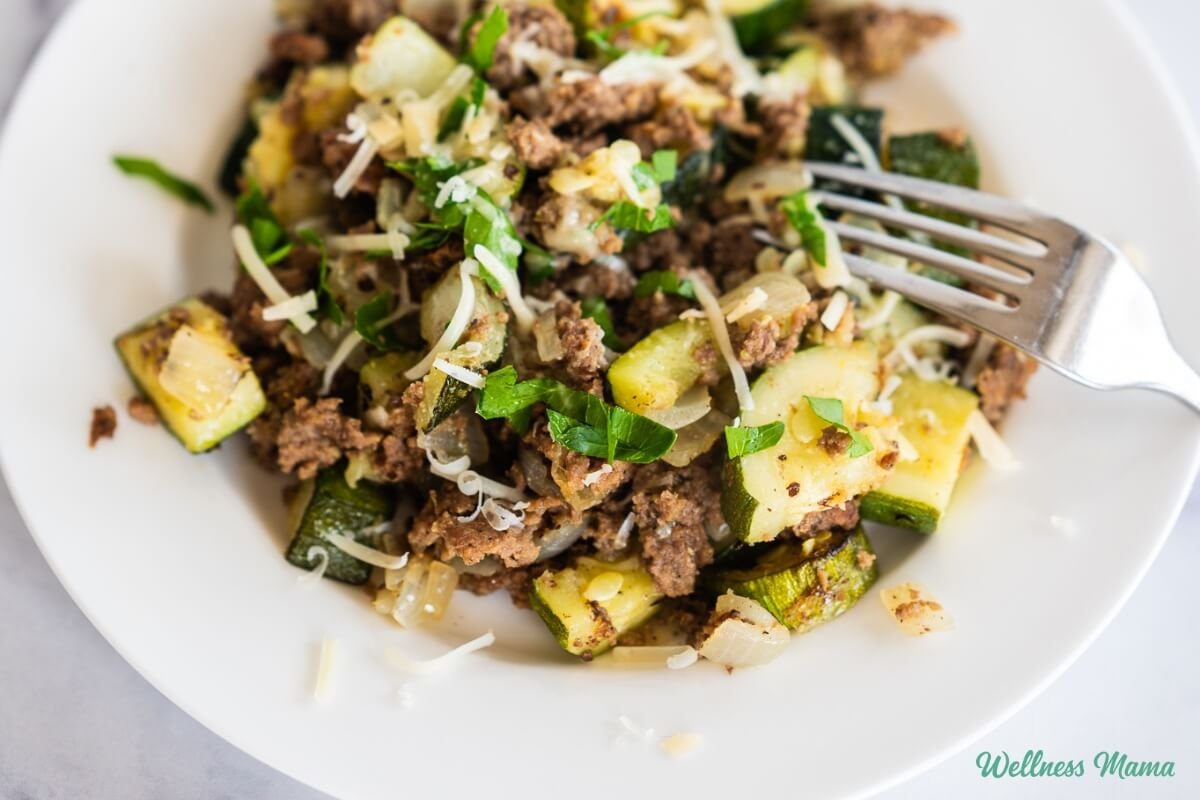
Leave a Reply